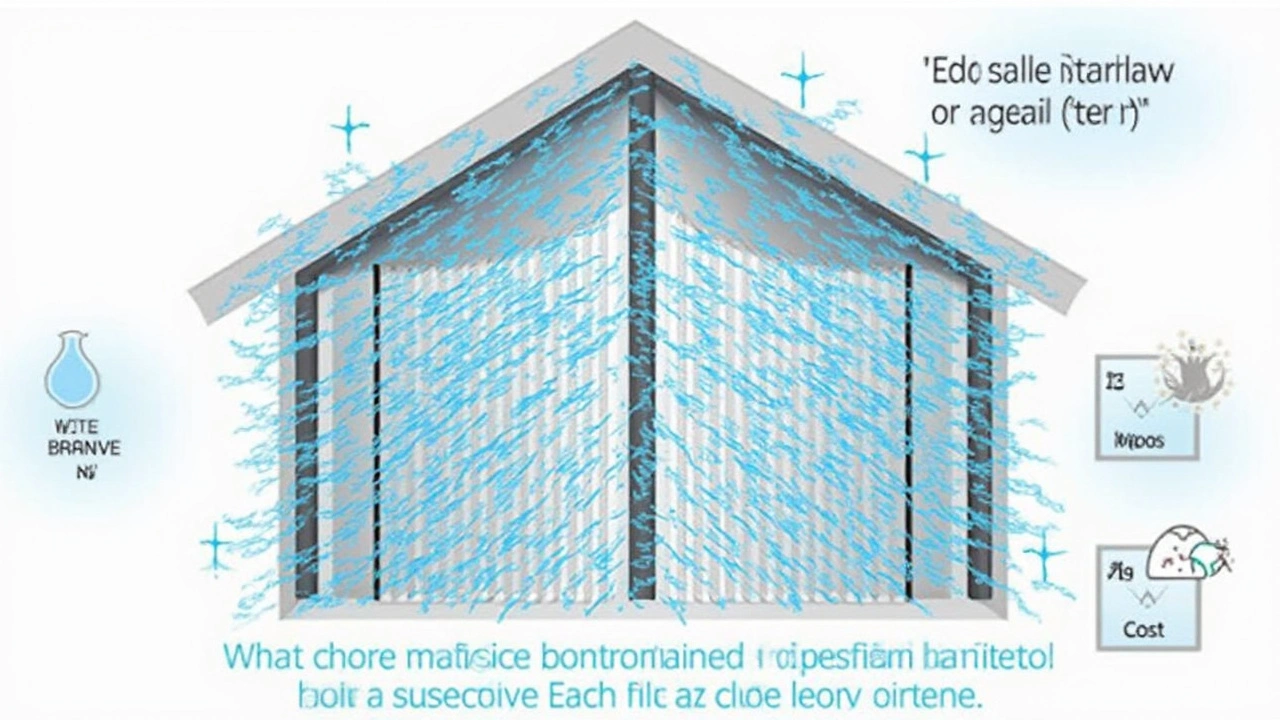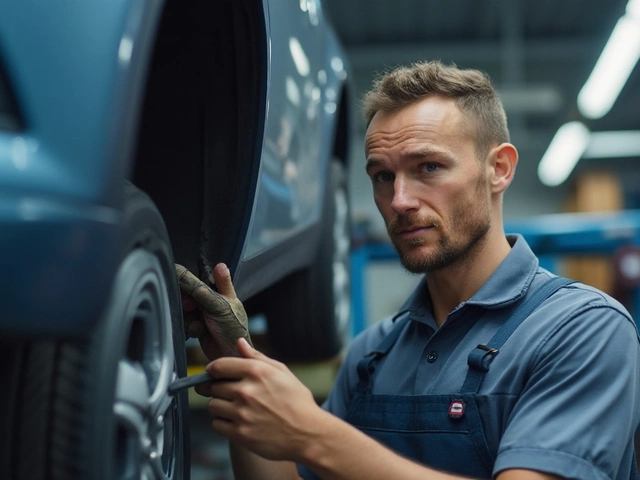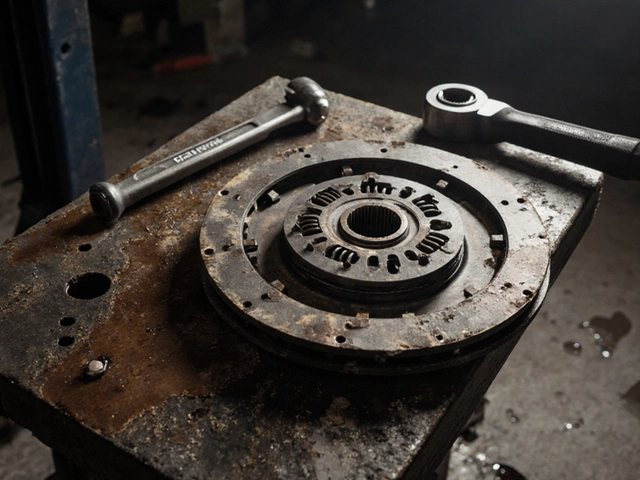Here’s a question more people are asking lately: are washable air filters actually worth the hype, or are you just trading one kind of headache for another? At first glance, swapping a filter you can reuse sounds genius—save money, waste less, and maybe head to the store less often. But, as with most things, it gets a bit more complicated once you look closer.
If you’re dealing with allergies, have pets, or just want your HVAC to last longer, filter choice matters way more than folks realize. Washable filters are everywhere online, promising to save you bundles over the years. The catch? They need cleaning—like, actual scrubbing and hosing down—every month or so if you want them to work properly. Skip that once or twice, and you might as well have no filter at all.
One thing to know up front—washable filters aren’t all built the same. Some trap dust and hair fine, but miss the tiny stuff—like pollen or smoke particles. That can matter big-time if you have allergies or live somewhere with bad air days. We’ll go through what they actually catch, how much hassle cleaning really is, and how your air quality can change with washable filters (good and bad).
- How Washable Air Filters Work
- Comparing Washable and Disposable Filters
- Hidden Costs and Upkeep
- Air Quality: What Changes?
- Tips for Getting the Most Out of Washable Filters
How Washable Air Filters Work
So, what actually makes washable air filters different from the throwaway kind? While disposable filters usually use pleated paper or fiberglass, washable or reusable filters are built with a metal or plastic frame and a special synthetic mesh. This mesh traps bigger particles like dust, pet hair, lint, and pollen. You can rinse it out and use it again, instead of tossing another filter in the trash every month.
Here’s the basic routine: You pull the filter from your HVAC unit, rinse it outside with a hose or under your shower, give it time to dry (seriously important—putting it back wet can lead to mold), then pop it back into place. That’s it.
Most washable air filters are designed to last several years—sometimes up to 5, if you clean them regularly. Manufacturers often rate them with a MERV value (Minimum Efficiency Reporting Value), though you’ll see most reusable options top out around 8 or so. In plain English, that means they catch bigger stuff well, but aren’t great at snaring tiny things like smoke, viruses, or fine allergens. Disposable pleated filters can go much higher, grabbing smaller particles.
Here’s a snapshot showing how they compare on particle sizes and lifespan:
| Type | Typical MERV Rating | Traps Fine Allergens? | Average Lifespan |
|---|---|---|---|
| Washable/Reusbale | 1 - 8 | Only some | Up to 5 years |
| Disposable Pleated | 8 - 13+ | Most | 1 - 3 months |
Another difference? Washable filters don’t get thrown out every month. You’re supposed to clean them every 30 days. If you skip it, airflow drops and your HVAC works harder. So, if you like the idea of saving money and cutting waste, but hate routine chores, you’ll want to think twice. Still, for folks who like getting hands-on and seeing less trash pile up, washing and reusing can be a solid call.
Comparing Washable and Disposable Filters
When you put washable air filters side-by-side with the standard throwaway ones, a few big differences pop out right away. First off, most disposable filters—like those cheap fiberglass ones—are designed to catch big stuff, such as dust, pet hair, and lint. If you step up to more expensive pleated disposables, they can even trap pollen, tiny dust mites, and smoke particles. Some of these high-end disposable filters can nail down particles as small as 0.3 microns, which is a big deal for allergy sufferers.
Washable (or reusable) filters usually run a bit thicker and are often made from a polyester or aluminum mesh that you wash off in your sink or with a hose. They generally catch the big things—dust, animal hair, bits of fuzz—but struggle with those extra-small particles. Most reusable filter brands have a MERV rating (which tells you how well it catches stuff) of 1–8. Disposable pleated ones can easily hit MERV 11 or higher, which means way better performance when it comes to tiny pollutants.
If you’re wondering about the numbers, here’s a quick comparison:
| Type | MERV Range | Replacement/ Cleaning Cycle | Initial Cost | Filters Tiny Particles? |
|---|---|---|---|---|
| Washable/Reusable | 1–8 | Clean monthly | $20–$50 | No |
| Pleated Disposable | 8–13 | Replace every 1–3 months | $10–$30 | Yes |
| Fiberglass Disposable | 1–4 | Replace monthly | $3–$10 | No |
Another thing: tossable filters mean less hassle if you hate chores—just pull the old one out, pop a new one in, and you’re good. With reusable filters, you’re on the hook for a regular cleaning routine. If you miss it, airflow drops, your HVAC works harder, and your home gets dustier. For people who crave easy, disposable wins every time.
But when it comes to cost, the story flips. Washable air filters may cost more up front, but you don’t need to buy new ones every few months. Over a few years, this adds up, especially for larger homes or if you need to change filters often.
One more heads-up: not all HVAC systems play nice with washable filters. Some high-efficiency setups or systems needing finely filtered air might outright require you to stick with certain types of disposable filters. Always check your system’s manual—or at least call up the company—before making the switch.

Hidden Costs and Upkeep
Here’s where things get real: just grabbing a washable air filter and tossing it in your system isn’t the end of your effort—or your spending. The big selling point is cost savings, but there’s more to the story once you factor in cleaning and keeping your system running well.
First up, washable filters need regular, hands-on cleaning. Most brands recommend a deep clean every 1–3 months. Miss a cleaning, and trapped dirt can choke your HVAC system, making it work harder (which means bigger power bills and extra wear). Cleaning isn't just a rinse: it usually means removing the filter, spraying it outside or in the tub, using mild soap (not harsh chemicals—it’ll ruin the filter), and letting it dry completely before popping it back in. If the filter’s damp, mold can creep in fast, which is the opposite of fresh air.
- If you have pets or live in a dusty area, you’ll probably be cleaning every month—much more than disposable filters, which you just swap out and toss.
- If you skip cleaning or don’t dry the filter fully, your home’s air quality tanks, and your HVAC can clog up.
There’s also the lifetime cost. Most companies brag their reusable filters last 5–10 years, and a single filter might run $40–$80 upfront. That sounds great compared to paying $10 for a new disposable every month, but there are hidden costs folks don’t tell you about.
| Annual Cost | Washable Filter | Disposable Filter |
|---|---|---|
| Filter Price (Year 1) | $60 | $120 |
| Extra Water (Cleaning) | $10 | $0 |
| Extra Energy (Dryer, if used) | $8 | $0 |
It’s not just the dollars—think about your time. Even if cleaning takes you ten minutes each go, that’s up to two hours a year (not counting drying time or mess). If you’re the type who forgets chores, you may end up buying a disposable as backup anyway.
If you live in a humid climate or have no outdoor space, drying can take ages (and nobody wants a musty, mildew-smelling filter). You might even need a second filter on hand just to swap in while the other dries. Pro tip: Always double-check your filter’s warranty, as sometimes improper cleaning means you’re out of luck if it fails early.
Bottom line: the "free" part of reusable filters comes with strings. Calculate your true costs—money, time, water, even a little mental hassle—before switching.
Air Quality: What Changes?
When you swap in washable air filters, you’ll probably notice a difference—but it might not all be positive. Unlike those thick, pleated disposable filters, most washable types use a mesh or foam layer. That means they’re fine at catching bigger stuff like dust, pet hair, and lint. If that’s what clogs up your system most, you’ll notice cleaner vents and less visible dust floating around.
The catch? Washable filters usually score low on the MERV scale (Minimum Efficiency Reporting Value). While a disposable filter rated MERV 8 to 13 can trap pollen, mold spores, and even some bacteria, most washable filters hover around MERV 4 to 8. So, things like smoke, fine pollen, or even mold spores can slip right through. If someone in your house has allergies, asthma, or you deal with wildfire smoke, this can be a real downside.
To put it simply, here’s how washable filters typically stack up against the disposable kind:
- Washable air filters: Block large particles (dust, hair); may struggle with small allergens and pollutants.
- Disposable pleated filters: Catch bigger and much smaller particles (smoke, pollen, pet dander, and some bacteria).
If you’re curious about the numbers, check out the table below that compares MERV ratings and what each level can filter out:
| Filter Type | Typical MERV Rating | What It Stops |
|---|---|---|
| Washable (foam/mesh) | 4-8 | Dust, lint, pollen (not fine particles) |
| Disposable (pleated) | 8-13 | Dust, pollen, pet dander, mold, smoke, bacteria |
One more thing—when you wash and reinstall a filter, if you don’t dry it fully, it could actually encourage mold to grow in your system. That’s the opposite of what you want for your air quality. So if you go the washable route, double-check that it’s completely dry before it goes back in.
The bottom line is, washable air filters work for basic dust-catching. But if you really need to clean up indoor air because of health issues or air pollution, you’ll probably want to stick with higher-rated disposable filters, at least during allergy season or wildfire events. Figure out what kinds of particles bother your home the most, and let that steer your choice.

Tips for Getting the Most Out of Washable Filters
To actually see those savings and get good washable air filter performance, you need a solid game plan. A washable filter is only as good as the effort you put into keeping it clean and doing its job right.
- Stick to a Cleaning Schedule: Most manufacturers suggest washing your filter every 30 days. You might need to clean it more in dusty spots or homes with pets. Set a reminder in your phone—skipping washes can let dirt build up, blocking airflow and hurting air quality.
- Check for Wear and Tear: Every couple of cleanings, give the filter a close look. If you spot holes, bent frames, or chunks missing, it’s time for a replacement. Even though these are reusable, they don’t last forever—usually about 5 years if you treat them well.
- Use the Right Tools: Rinse filters with a hose using mild pressure. Stay away from pressure washers—they can wreck the material. Mild soap helps if there’s oily build-up, but skip harsh chemicals.
- Dry Thoroughly: Never put a wet filter back in your HVAC. Moisture can grow mold or mildew in the system. Towel-dry first, then let it air dry completely. Some folks put theirs outside for a few hours in the sun.
- Track Your Air Quality: If you notice more dust or your allergies get worse, try bumping up the cleaning frequency. In some studies, homes sticking to a monthly wash saw 20% less visible dust compared to those waiting 2-3 months between cleanings.
Here’s a quick table to help you compare cleaning routines and what you might expect in terms of air quality improvement:
| Cleaning Frequency | Visible Dust Reduction | Filter Lifespan |
|---|---|---|
| Every Month | High (up to 20%) | Up to 5 years |
| Every 2-3 Months | Low | 2-3 years |
| Rarely | Poor | 1-2 years |
Another tip: write the purchase date on the side of the filter with a permanent marker. It’s easy to lose track of how old these things are, and using an over-the-hill filter can actually make your air worse.
If you really want to maximize those long-term savings and get true air quality benefits, a little effort goes a long way. When in doubt, treat a reusable filter like a regular home chore—annoying, but totally worth it in the end.






